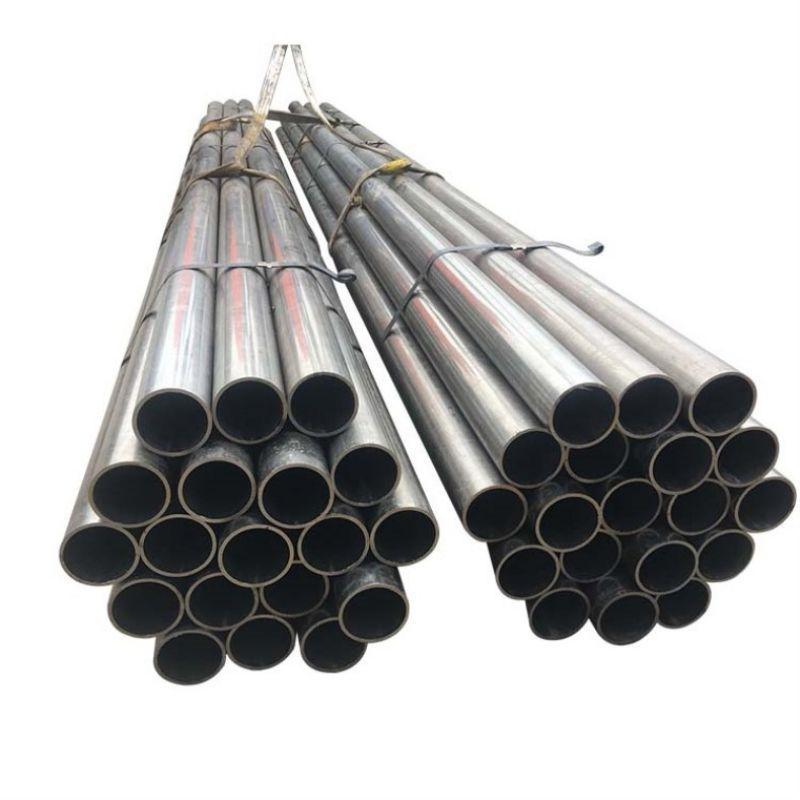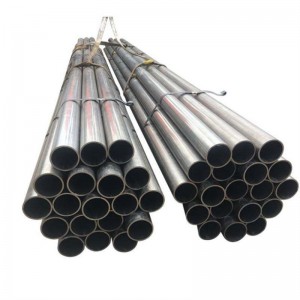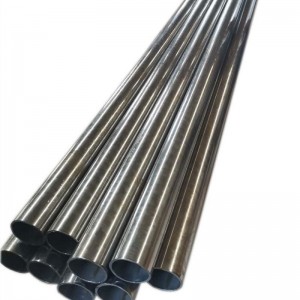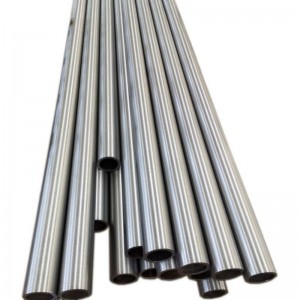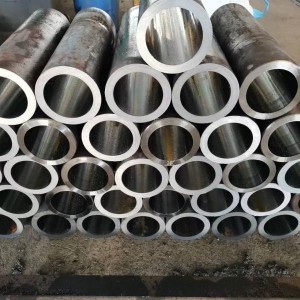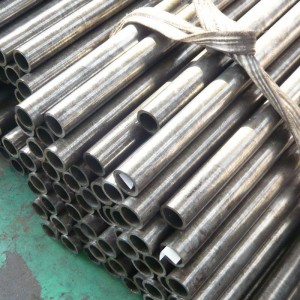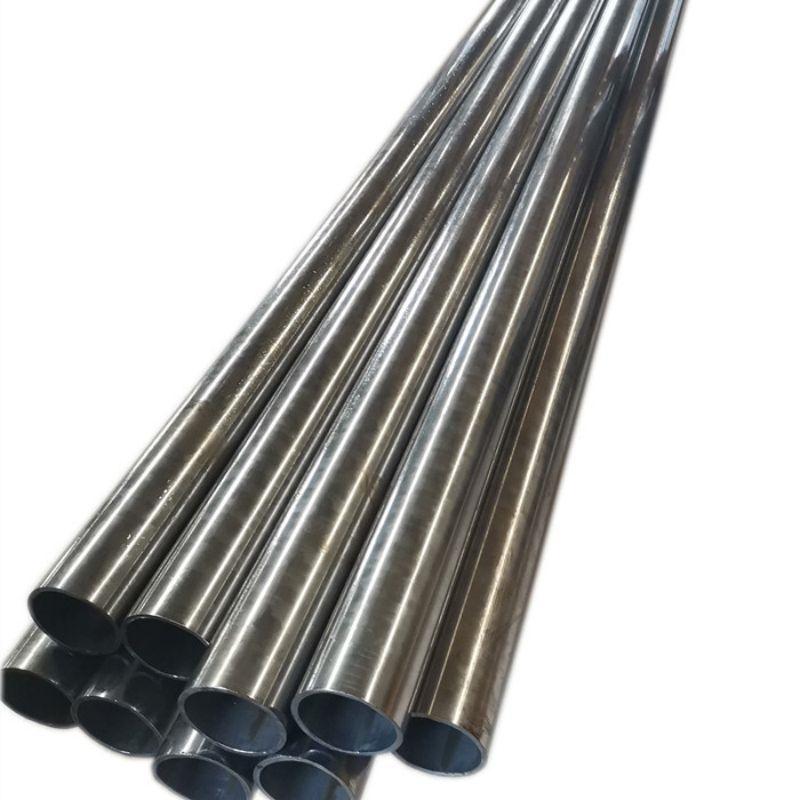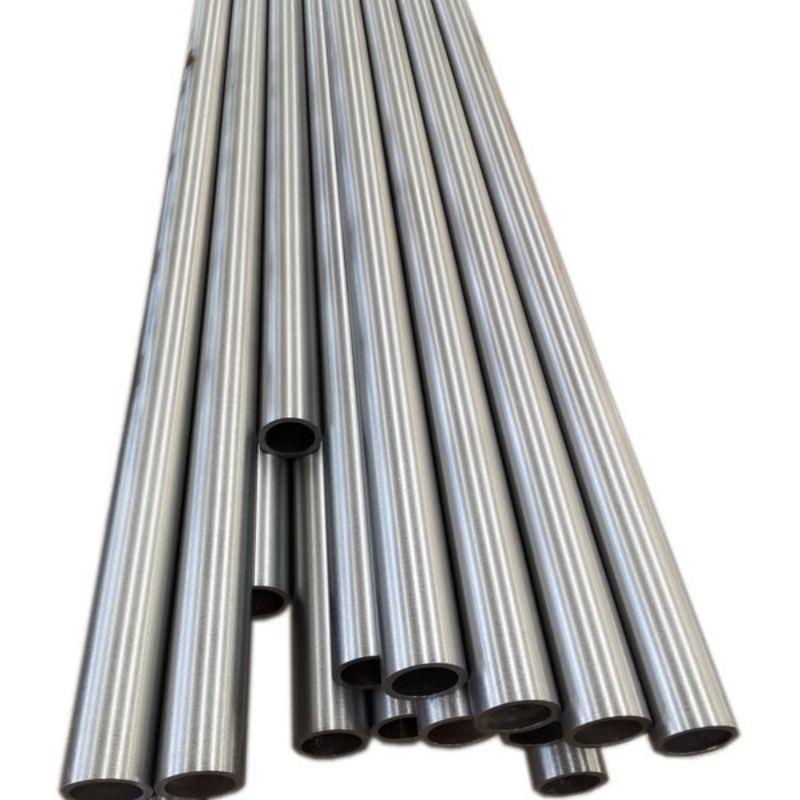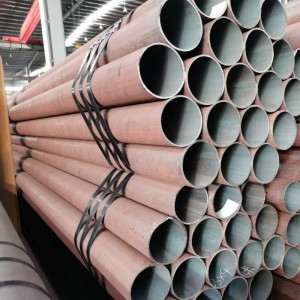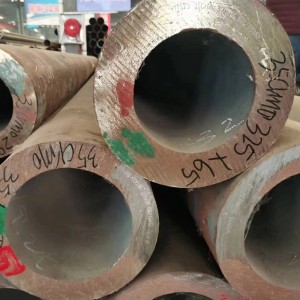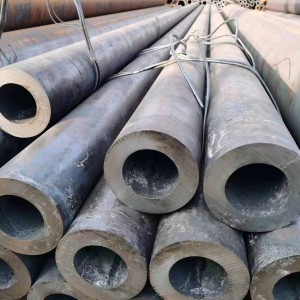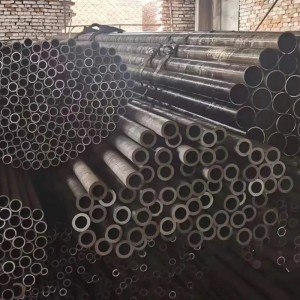They usually have a length of about 6 meters long. When ordering a pipe, the user must measure the outside and inside diameters of the pipe. If wall thickness is important, pipe can be ordered by OD and wall thickness or ID and wall thickness.
On the basis of high-quality carbon structural steel, hydraulic steel pipe is appropriately added with one or more alloying elements to improve the strength, toughness and hardenability of steel.
The type of hydraulic steel pipe usually made by quenching should be subjected to chemical heat treatment and surface hardening heat treatment. Compared with high-quality carbon structural steel, structural steel has good mechanical properties, and is mostly rolled into round, square, and flat steel, which is an important structural part of machinery or machinery. But the wear resistance and cut resistance are much better than stainless steel.
There are two types of material grades, ST52.4 and ST37.4. ST52.2 is a high tensile strength tube, meaning it has a higher allowable working pressure by reducing the tube wall thickness and results in a lower overall system weight.
